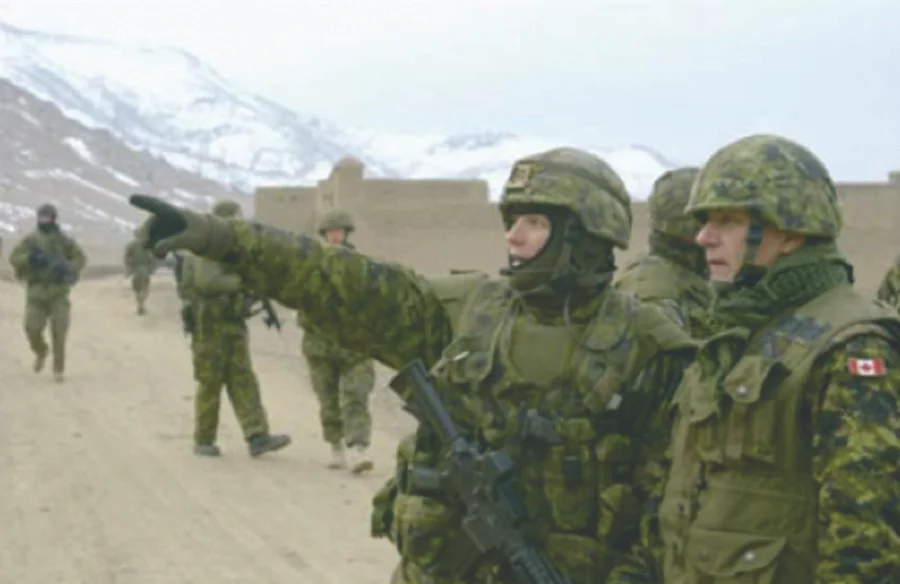By Jim Scott
No. No you don’t.
These days the relationship between the government and the governed is fraught with animosity and distrust. Not new, by any means, but taking on an intensity and immediacy with the advent of “social media”, or more properly: the anti-social media.
While the abuse of Twitter goes on apace, we witness the real-world implications of digital diarrhea in the current Saudi Spat that threatens trade relations between the Kingdom and the “Demented Dominion” (M. Steyn). By echoing the pronouncements of the UN on domestic issues in Saudi Arabia, our Global Affairs minister Chrystia Freeland has managed to upset Crown Prince Salman to the point of having him cancel flights to Toronto. Apparently, billions of dollars in oil exports and Canadian-built armoured vehicles will be unaffected. President Trump should consider dialling up his trade wars to such an intensity.
Closer to home Conservative gadfly Maxime “Mad Max” Bernier has managed to set tongues a-wagging on both sides of the aisle with tweets that question Canada’s sudden, and empty, embrace of ‘diversity’. Mr. Bernier had the temerity to point out that: “Something infinitely diverse has no core identity and ceases to exist.”
In a truly diverse world, Bernier would be entitled to his opinion, but of course, none of us live there. Instead we all live in Upside-Down World where the diversity of opinion has been narrowed down to the few paradigms endorsed by the Liberal Party of Canada and its paid agitators. University prof’s in the state-run education system, organisers in the state-endorsed public sector unions, advocates from state-funded NGO’s, all dutifully take their place on the virtual podium of the public square and take their turns heaving rotten fruit at the transgressor in the stocks.
Rather than offer any support for a colleague, Conservative politicians pile on to pay homage at the gates of Virtue-Signalling Heaven. To be fair though, they are looking at the longer game than Bernier seems to be. They know that if you do not burn the straw-man (person?) down now, you will simply have to do it later in the midst of a vicious election campaign where daily sound bites take the place of any reasonable discussion of public policy. Campaign managers know that ‘whosoever grabs the headlines, grabs the votes’ and so strive to put clever quips in the mouths of fools. Those left to explain what they mean and who they agree or don’t agree with are left in the dust.
In Upside-Down world a virtue-signaller is allowed to say both that they love and cherish multiculturalism and that the culture of this particular country is offending them to the point where they cannot remain silent. Liberals were haughtily offended when the previous Conservative government considered the barbaric ritual of clitorectomy to be well, barbaric, but will mount the barricades to protect the sacred rights of all women. They are four-square in favour of abortion and strangely silent about countries where abortion is used to eliminate tiny little women.
Like the “refugees” pouring over the border with brand new luggage and Air Jordans, every cause de jour is stamped ‘untouchable’. Failing to cow-tow to the narrow, unquestionable virtue of the paradigm marks one as an apostate. You can’t just accept the paradigm; you must accept only on the terms offered. No opinions or variations on the theme are allowed. Pick-up trucks from Alberta are causing global warming. Try to introduce sunspot cycles or Jurassic-era climate and you will be marked out as a mentally-challenged individual threatening the electric car future of humanity.
So, we ask our politicians to stand up and show fortitude in the face of lunacy. When they do, and are set upon by the chattering classes, we disown them and block them from Twitter. According to polls the public doesn’t like unguarded borders or carbon taxes. Nonetheless we’ll get more of what we don’t want and like it.
“You say you got a real solution. Well, you know, we’d all love to see the plan.” (John Lennon) W



















